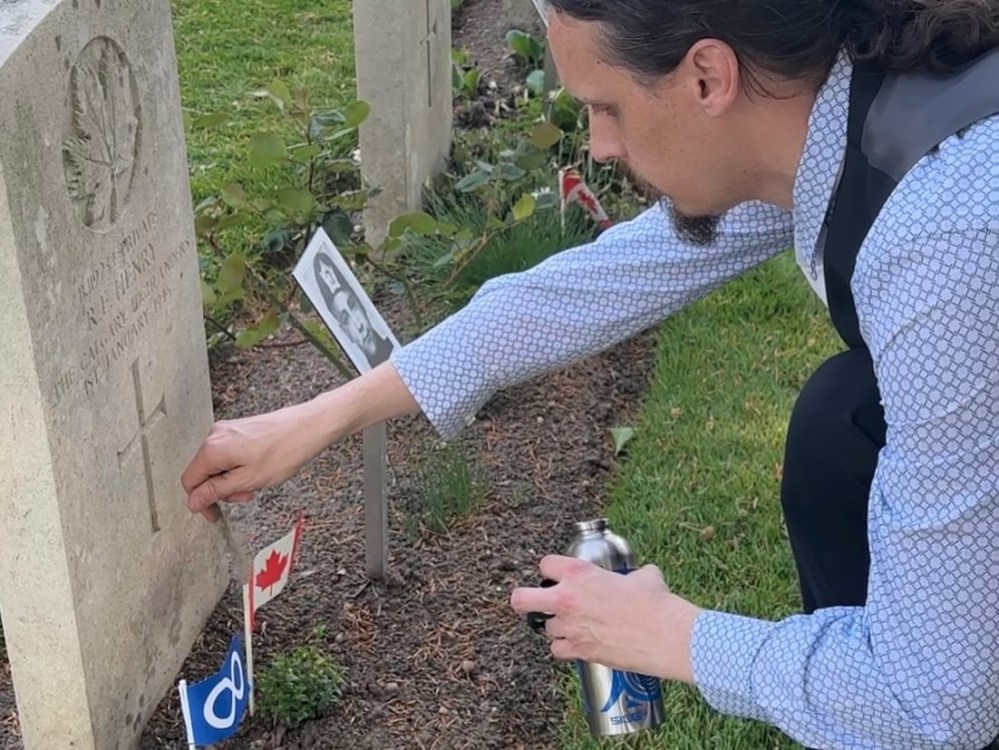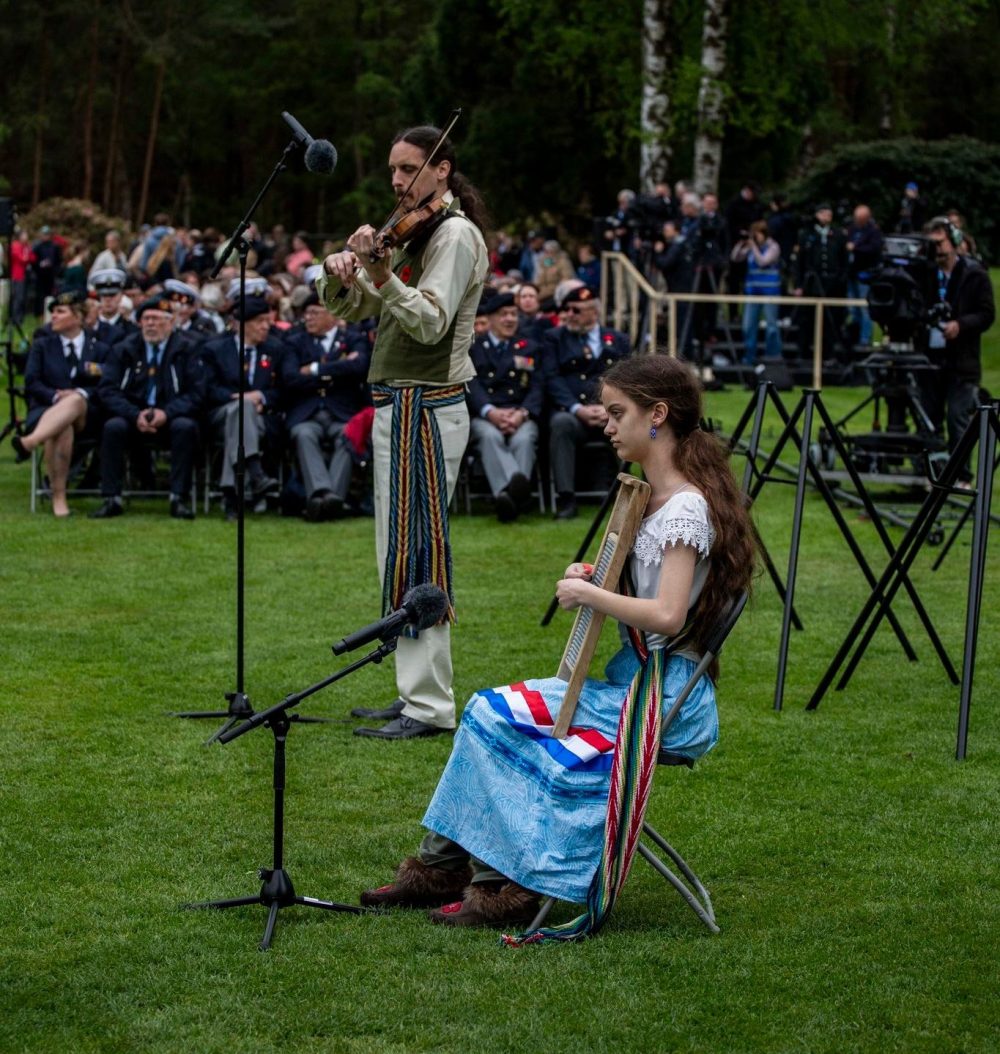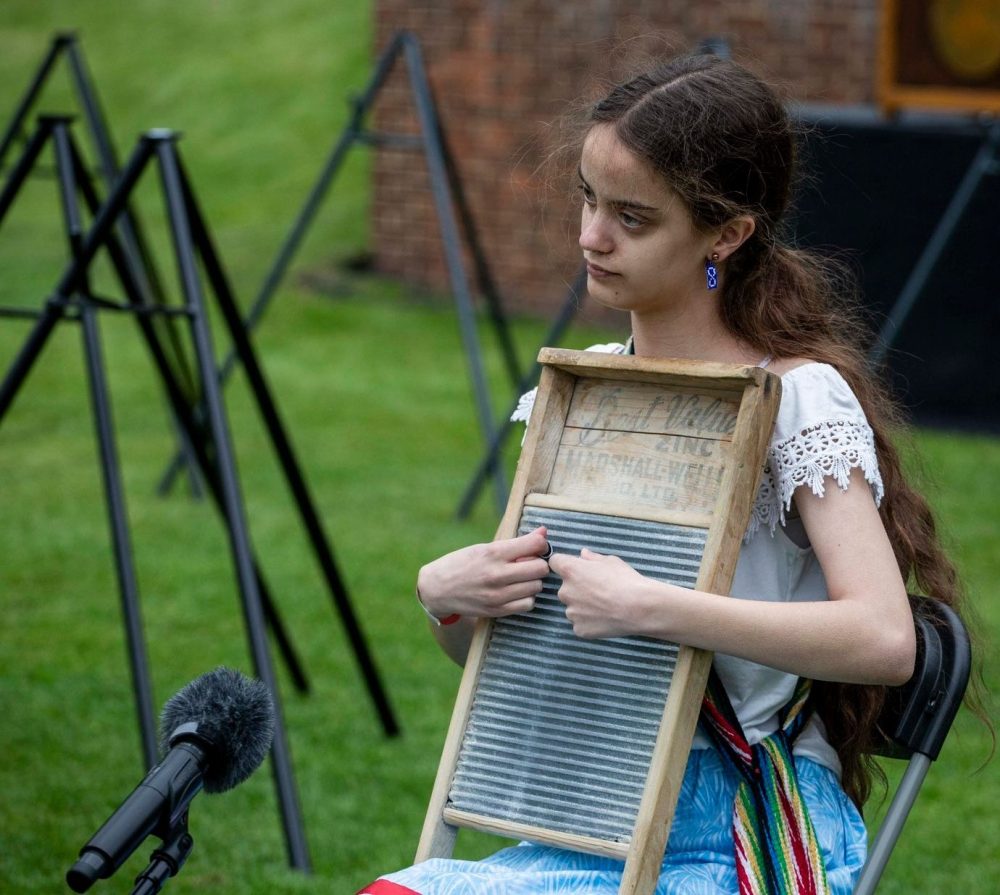Father, daughter go to Netherlands for VE Day ceremonies
Advertisement
Eighty years ago, about 175,000 Canadian soldiers fought to liberate the Netherlands from the boot of the Nazi regime. Since that time, the Dutch have been grateful sending Canada tulips every year. This month marks the 80th anniversary of the Second World War and the Dutch held ceremonies commemorating brave Canadian soldiers.
A Ste Anne father and daughter travelled to the Netherlands to honour what is known as VE (Victory in Europe) Day and pay tribute to these soldiers.
“This is 80 years and you hear about it, but it’s a different thing to go and experience what it’s like to witness how much appreciation, respect, and love they have for Canadians, but of course especially for their liberators and that’s how they’re referred to (us)…,” said Gilles Crevier.

“So, even though it’s been generations since this happened, whether they are in their 70s, 80s, 90s, (or) they are in elementary school – it doesn’t matter – every Dutch person in the Netherlands is absolutely grateful for what Canadians did during the war to liberate their country from Nazi occupation. They have never forgotten.”
Crevier noted Canadian flags were everywhere and people lined the streets cheering on the 22 Second World War veterans, aged 97 to 105, that made it down the parade route.
“I saw people lined up along the streets just cheering and wanting to give a handshake or high five. We even saw it in the airport when we were leaving, just random people coming up and when they saw who they were, they wanted to shake their hands and get a picture taken with them, so it’s very important for them,” he said.
Crevier, who is Metis, went to the Netherlands with his daughter, Sara, as part of Veterans Affairs Canada’s Indigenous delegation. He works for the department and offered to go to represent the Metis and play his violin while Sara played traditional percussion instruments, such as the washboard, spoons, and shaker.
“Music in general, but in particular our Metis music, is an integral part of our culture…,” he said.

The First Canadian Army played a leading role in opening Belgium and the Netherlands’ Scheldt estuary (tidal river), gateway to the port of Antwerp. Access to this port was essential to maintain supply lines to the Allied armies as they continued their push toward Germany to defeat Adolf Hitler’s forces and free Western Europe from four years of Nazi occupation, which began in April 1940.
More than 7,600 Canadians died in the eight-month campaign to liberate the Netherlands. While it’s challenging to pinpoint the exact number of Indigenous Canadian soldiers who died liberating the Netherlands, the Government of Canada reports that they are working to identify and honor the graves of Indigenous soldiers buried there. They have identified 22 graves at Holten Canadian War Cemetery, 41 at Groesbeek Canadian War Cemetery, and 18 at Bergen-Op-Zoom Canadian War Cemetery as belonging to Indigenous soldiers.
The Groesbeek Canadian War Cemetery is situated close to the eastern Dutch city of Nijmegen. More than 2,300 Canadians are buried there. The Groesbeek Memorial at the entrance to the cemetery contains the names of another 103 Canadians who have no known graves.
The Holten Canadian War Cemetery is just north of the city of Holten in the northeast Netherlands. The 1,355 Canadians who are buried there nearly all died during the last stages of the war in the Netherlands and during the advance of the 2nd Canadian Corps into Germany.
Crevier and his daughter played the Metis song, The Tear Drop Waltz at Groesbeek and Holten, which was very special for them. Even more special was the decision the two made to deposit soil from the Red River, collected on the banks of The Forks, on 15 Metis graves in Groesbeek and Holten, including that of Crevier’s great uncle, Peter Duffney, and his father-in-law’s cousin.

“I couldn’t help but think about how these soldiers were in a way displaced. Because for us, and it is for many Indigenous peoples, that connection to the land is very important to us. Here we have these soldiers who paid the ultimate price and they are now buried overseas disconnected in a way – never able to return home. So, it was in thinking of that that the idea came that perhaps we could bring a piece of their home to them and reestablish that connection,” he said.
During the ceremony in Groesbeek, 13-year-old Sara recited the Commitment to Remember in French.
“I was very nervous and it was a huge honour because like dad said there’s 22 (Canadian) veterans (attending). It was very important,” she said.
Also while in Groesbeek, the pair got a tour of the Freedom Museum, which accepted the remaining soil and will be adding it to the new Indigenous Liberators exhibit. At the museum the Creviers were met by Governor General Mary Simon and performed the Red River Jig for her.
“(It was) surreal, honestly. This is somebody who obviously has a…hugely important position and…especially as she’s the first Indigenous Canadian to hold the position, she’s Inuk. And that’s very meaningful for us, absolutely. And the fact that it was very important for her to come and meet with us and to do this with us. That was very special,” said Gilles.

Gilles said these trips to commemorate the wars in Europe are very important and what happened there must never be forgotten.
“And I would say in the world today, with current events, that it’s perhaps more poignant now than ever before that we do not forget why they had to do what they did so that we are not doomed to repeat it.”

